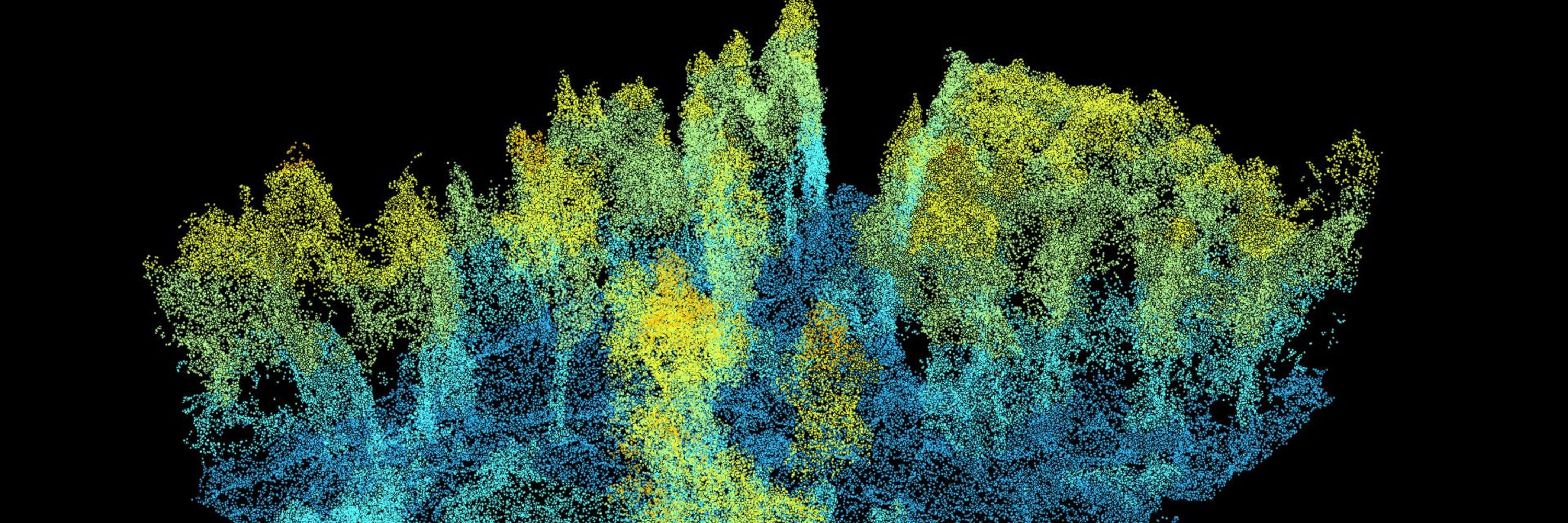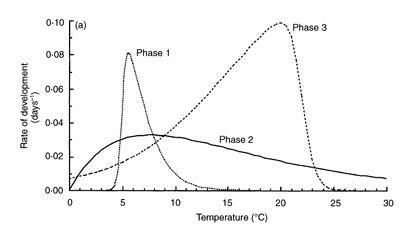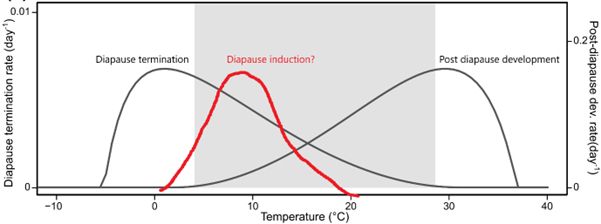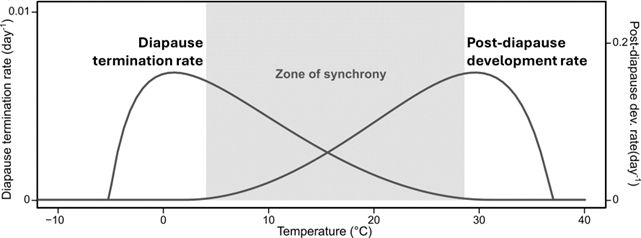


Rewind to 1997. Three researchers publish a paper on the same topic, with the figure below (doi.org/10.2307/2404...). Very reminiscent of our results. However, this paper has remained in relative obscurity, only racking up 15 citations to date, despite being on a quite popular topic. Why?

Rewind to 1997. Three researchers publish a paper on the same topic, with the figure below (doi.org/10.2307/2404...). Very reminiscent of our results. However, this paper has remained in relative obscurity, only racking up 15 citations to date, despite being on a quite popular topic. Why?














doi.org/10.1073/pnas...

doi.org/10.1073/pnas...



doi.org/10.1111/2041...

doi.org/10.1111/2041...

